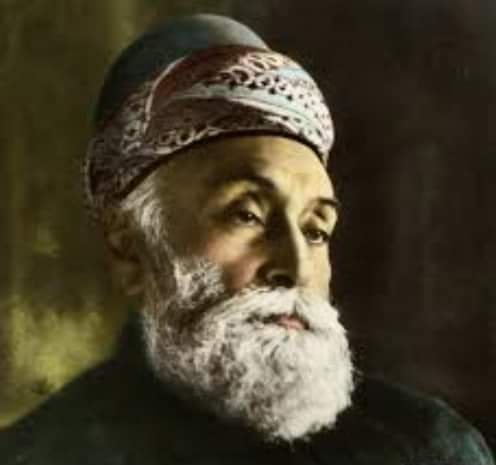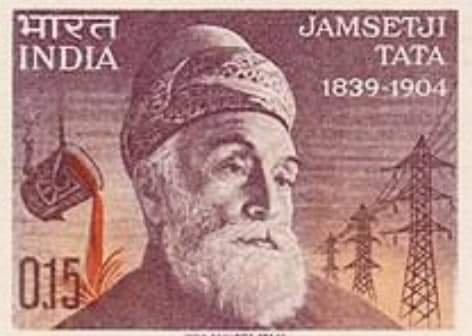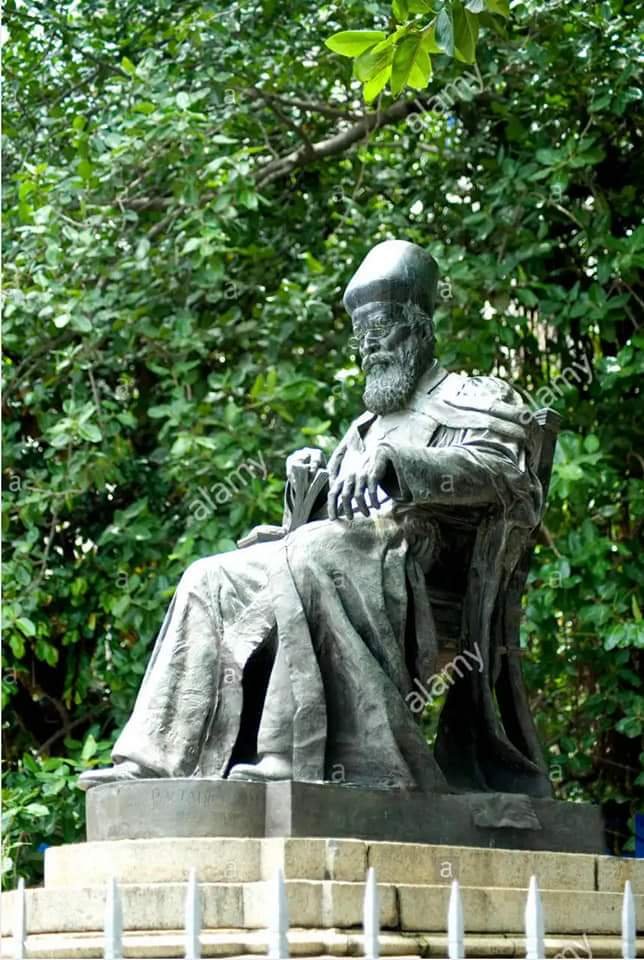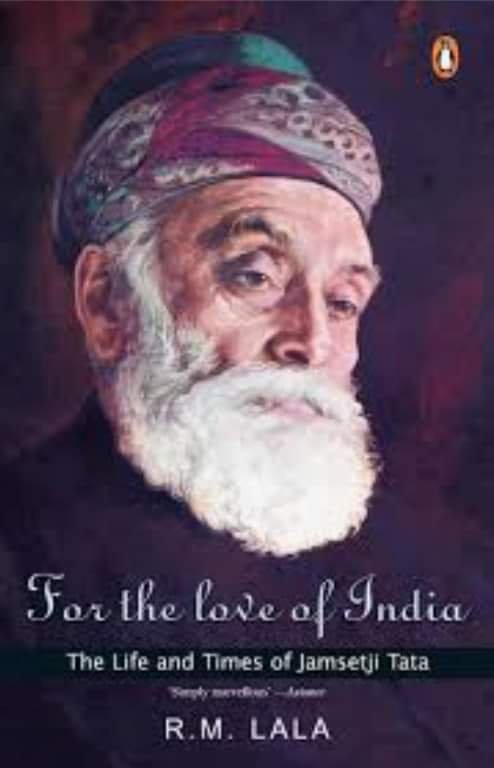#history
#books
Jamshedji Tata,
a Nation Builder.
Jamshedji Tata is well known as the founder of the Tata Industrial Empire. But not many people know that he was also the greatest philanthropist the World has seen in the past 100 years.
His total donations was worth 102 billion dollars in 2023, according to a study by the Edelgive Foundation.
Jamshedji Tata (1839-1904) would have become a Parsi priest in Navasari, Gujarat, had he not joined the Elphinstone College, Mumbai. His family had been priests for 15 generations.
He passed out as a
‘Green Scholar’ ( equivalent to a graduate degree). After travelling extensively in Europe and the Middle East, Tata established his first trading company at the age of 29.
The Empress Mills was inaugurated on 1 January, 1877.
He was a Nationalist long before the word had any significance. He was present when the Indian National Congress was founded in 1885, and gave generously to it’s funds.
Jamshedji grasped the need for the industrialisation of India, and spelt out the three basic requirements to attain it.
Steel was the mother of heavy industry. Hydroelectric power was the cheapest energy to be generated. And technical education, coupled with research, was essential for industrial advance.
It took 17 years for Jamshedji to establish the Tata Iron & Steel Company, something the British rulers thought was an impossible dream.
The first ingot of steel rolled out from the Sakchi ( now Jamshedpur ) plant on 16 February 1912.
In 1902, five years before even the site for the plant had been located, Jamshedji had written to his son, Dorab:
” Be sure to lay wide streets planted with shady trees, every other of a quick growing variety. Be sure that there is plenty of space for lawns and gardens. Reserve large areas for football, hockey and parks. Earmark areas for Hindu temples, Mohammedan mosques, and Christian churches “.
Today the old Dakchi village has been transformed into the sprawling, magnificent industrial city of Jamshedpur, named after it’s founder.
The Tata Electric Company and the Indian Institute of Science Bangalore came up in the following years.
Jamshedji had accompanied a European guest to a Bombay hotel. He was shown the sign, ‘ Indians and Dogs not allowed ‘. He went out, and built the finest and most luxurious hotel in the East, the Taj Mahal Hotel. The funds came not from the Tata Sons, but his own pocket.
Good food was one of his indulgences, the other, a voracious appetite for knowledge, which he fed constantly with reading.
When the epidemic of bubonic plague hit Bombay, Jamshedji put aside everything else, and worked for the inoculation of the population, in order to prevent the spread of infection.
‘Trusteeship’ was a byproduct of the desire Jamshedji Tata and his sons had, to tackle the needs of the Nation.
After Steel, Electricity, and the Institute of Science, he embarked on his passion to train young Indians. The Tata scholarships were instituted in 1892.
In 1924, it was calculated that out of every five ICS officials, one was a Tata Scholar. The first name was Freny K. R. Cama, who went on to become a famous gynaecologist. A. R. Dalal became a member of the Viceroy’s Executive Council, J. C. Coyajee became Chief Justice of Bombay High Court, and Dr Jeevraj Mehta, Chief Minister of Gujarat.
Dr VKRV Rao, Dr Raja Ramanna, Dr V Kurien, KR Narayanan, Dr J V Narlikkar – the list runs into pages.
Today, being a Tata Scholar, is a sure ticket for admission to the most prestigious universities in the world.
His sons followed the glorious tradition. Sir Ratan and Sir Dorab established various trusts geared to building the educational, social and scientific infrastructure of the nation.
Tata Institute of Social Sciences(1936), Tata Memorial Center for Cancer Research and Treatment (1941), and the Tata Institute of Fundamental Research ( 1945) were all established before independence. JRD Tata and Ratan Tata has continued the glorious traditions of philanthropy.
National Center for Performing Arts(1966), Tata Energy Research Institute (1974), National Institute of Advanced Studies (1989) are some of the most significant institutions.
Sir Ratan Tata supported the Servants of India Society founded by Gopalkrishna Gokhale.
In the last six years of his life, he contributed liberally every year, to the London School of Economics, the donations continued even today by the trustees of Sir Ratan Tata Trust.
Between themselves, the Tata Trusts have created an infrastructure for the balanced development of the nation in science, technology, and the social sciences.
The vision of Jamshedji Tata endures. May his tribe increase.
– Joy Kallivayalil.





